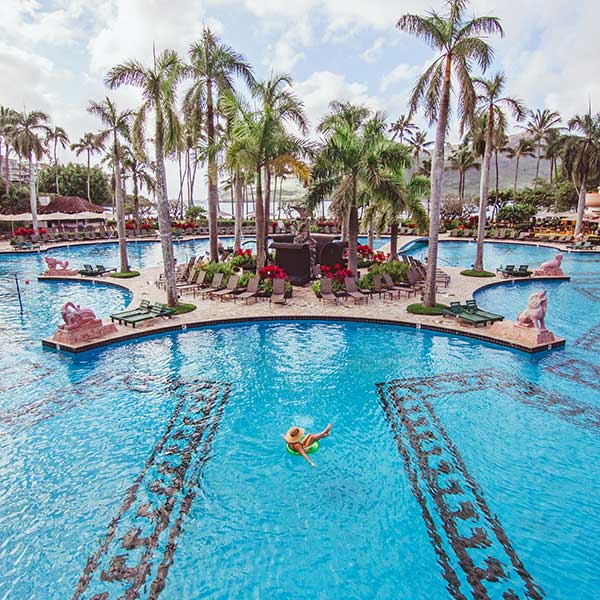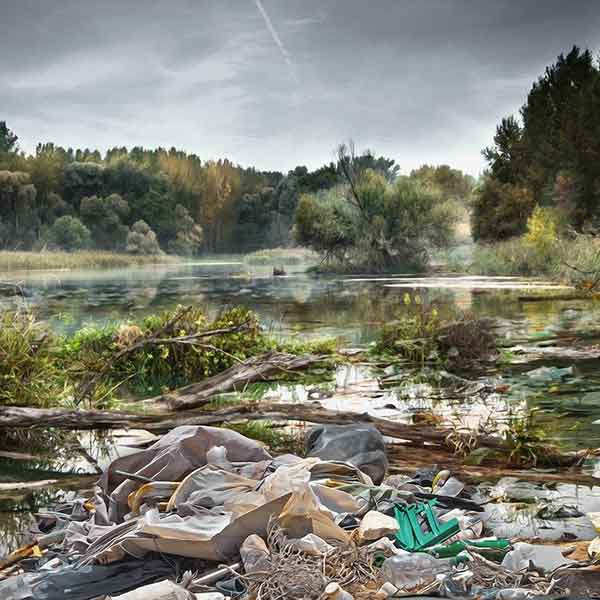FRESHWATER
Freshwater
Freshwater is a vital resource for life on the planet. Plants, animals, and people all need it to survive. In addition to quenching our thirst, we use freshwater to irrigate crops, wash laundry, and even produce energy.
Yet freshwater is also a highly limited resource. Less than 3% of ALL water on earth is fresh – and the majority of this is frozen or trapped far underground. As global water consumption increases, water scarcity is becoming more common. If current trends continue, almost half of the world’s population will suffer severe water stress by 2030.
In order to preserve this finite and precious resource, we seek to improve tourism’s consumption habits and manage the industry’s impacts on the freshwater ecosystems that sustain us.
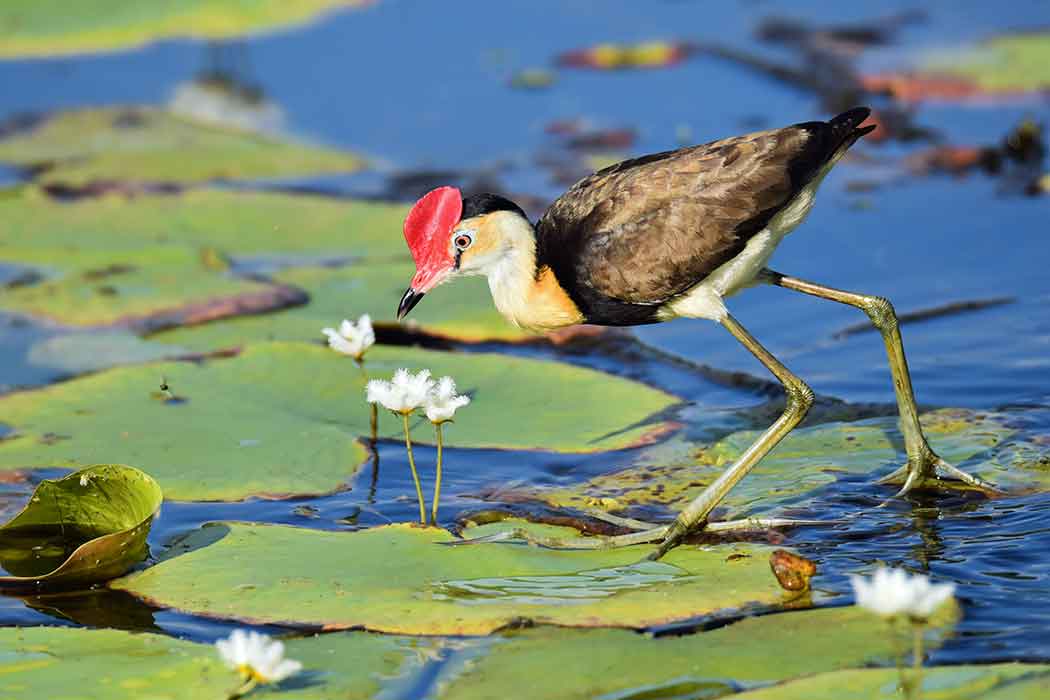
Freshwater Ecosystems
Rivers, ponds, wetlands, and lakes, are all critical wildlife habitats. These ecosystems are home to more than half of all fish species. Ducks, frogs, insects, and various other critters also find food and shelter in their waters and vegetation. Unfortunately, freshwater species are going extinct faster than land or marine species as their populations are threatened by human-induced threats.
Tourism & Recreation
People are drawn to freshwater environments as a source of recreation and enjoyment. From tranquil lakes and trickling creeks to turbulent rivers and rushing waterfalls, freshwater destinations are surprisingly diverse. As a result, they support a wide variety of tourism activities. Travelers looking for serenity can go kayaking on a picturesque alpine lake, while those seeking a thrill can embark on a whitewater rafting adventure.
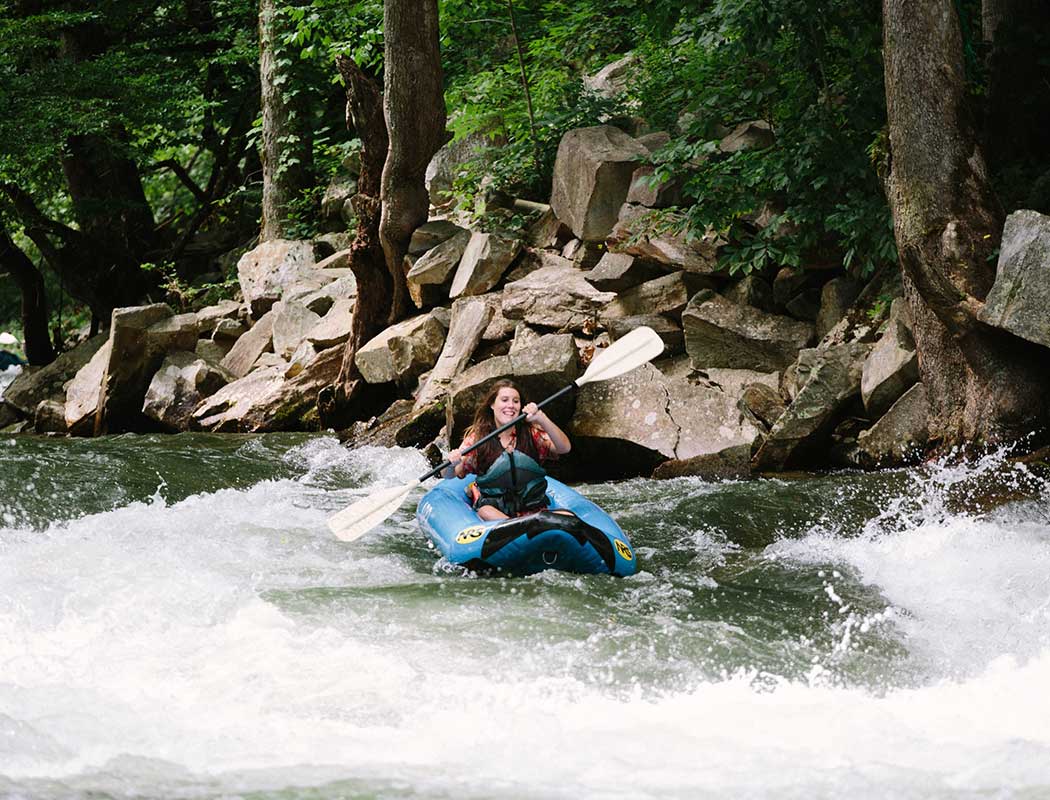
Did You Know?

Freshwater ecosystems are home to nearly 10% of all known species.
Water use grew at almost double the rate of population growth in the last century.
Over 22 million Americans participate in kayaking, canoeing, and other paddlesports.
Global demand for water is projected to exceed supply by 40% by 2030.
Water Use in Tourism
Tourists consume freshwater throughout their trips when showering, going to water parks, or staying in hotels with swimming pools. Even skiing or golfing can require water for snowmaking and irrigation respectively.
Excessive water use by the tourism industry can put great strain on local water resources. In many destinations, such as small islands, these resources are extremely limited to begin with. In some places, tourists use more than 8x as much water as local residents! Thus, when thousands of tourists visit during the driest part of the year, it can lead to water shortages and create conflict with local communities that share the same resources.
Explore the Issues
The fate of our oceans and reefs is in jeopardy. Climate change has resulted in devastating impacts for marine ecosystems, such as coral bleaching and disease. Careless tourists, haphazard coastal development, and pollution from tourism will only lead to the further destruction of these critical marine habitats. Click below to learn more about the different issues that we’re addressing.
How We Safeguard Nature
Discover what we’re doing to protect freshwater resources and minimize tourism’s impacts on nature and wildlife.
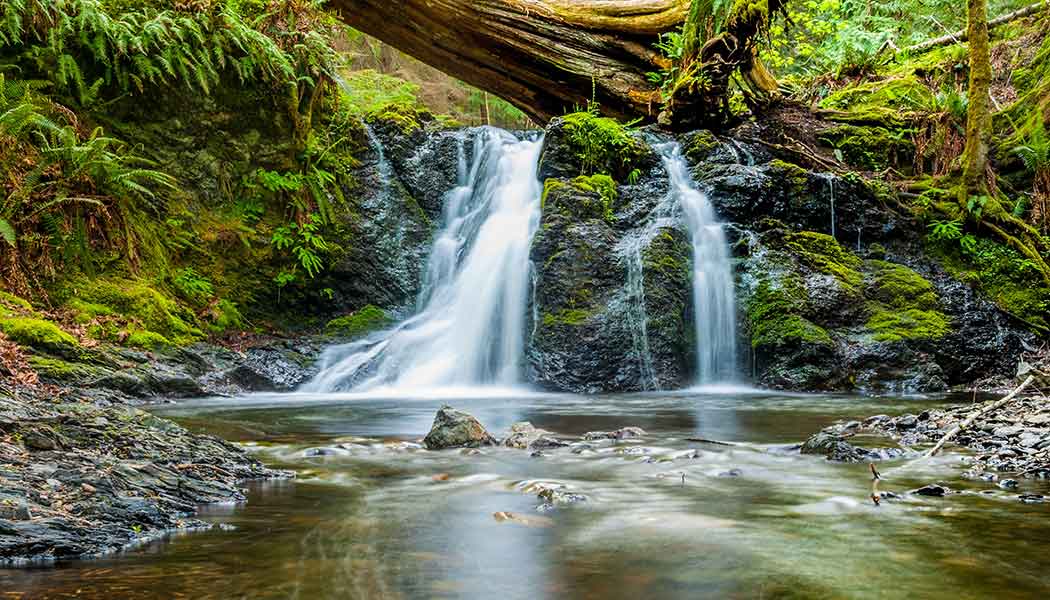
Stay Connected
Get our email updates to see how we’re protecting our planet’s most vulnerable and treasured destinations

